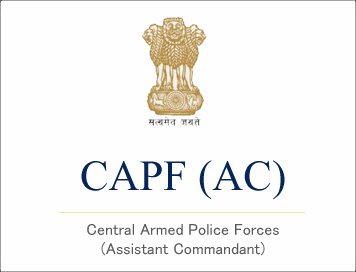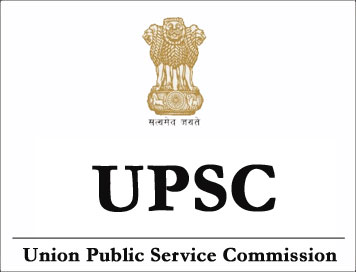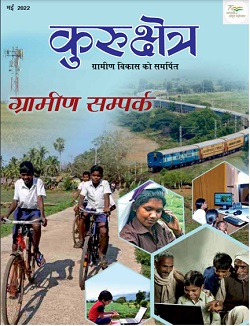
(Success Story) UPSC 2022 TOPPER, AIR-26 Pulkit Singh shares UPSC Exams Tips for Working Professionals
Pulkit Singh is one of those success stories we all root for. Hailing from a humble background of farmers and army jawans from the beautiful city of Chandigarh, Pulkit set his eyes on joining civil services and never gave up. He studied in a school in his village and completed his secondary education at Army Public School. He completed an Integrate Dual Degree in Mechanical Engineering from the Banaras Hindu University and joined the prestigious Defence Research And Development Organization (DRDO) soon after. Afterwards, he joined the booming EduTech sector and while working full-time, he managed to crack the Civil Services Examination in his 3rd attempt.
Strategy By Pulkit Singh For Working Professionals
-
Do Not Quit Your Job
Unless you have the luxury of generational wealth, it is not recommended that one quits their job completely. However, if you are in a job which does not leave you any time for studies, consider moving to a less hectic profile. Pulkit quit his job at the DRDO and shifted to EduTech because it allowed him the time to study daily. But he does not recommend quitting completely as the financial pressure can affect your preparation adversely.
-
Set A Longer Goal
As a working professional, unlike your competition, you do not have the luxury of time. Remember that you are putting in half the time each day, possibly less, when compared to other aspirants. So it is only natural it will take you more days to finish the syllabus. So instead of setting 6 months aside before the prelims as most aspirants do, plan at least 9 months ahead.

For the first 6 months, follow integrate study practices covering both UPSC MAINS and prelims. But 3 months before the prelims, you need to shift completely to prelims mode.
-
Plan Separately For Weekdays And Weekends
For a working professional, it is next to impossible to find more than 4 to 5 hours to study on a weekday. However, on weekends, the hours get stretched from anything between 8 to 12 hours. On weekdays, depending on whether you are a morning person or a night owl, create 2 slots of time – One of 60 to 90 minutes, another of 2 to 3 hours. Use the shorter slot to study daily current affairs. Use the longer slot during the first 3 months of your preparation to complete your optional subject. Later, use the same for General Studies.
During weekdays, define time for revision as well as catching up on your weekly goals. Take tests during weekends. An yes, mock tests, whether answer writing or MCQs, must be taken from the time you complete 2 to 3 months into your preparation and no less.
-
Stay Disciplined And Motivated
The exhaustion from balancing work and studies simultaneously will eventually get to you. Remember your end goal in mind and use that as motivation to not lose your consistency and tenacity.
Discipline is the key to cracking this exam.

Best wishes to you all.
© IASEXAMPORTAL
CLICK HERE TO DOWNLOAD UPSC TOPPERS NOTES












